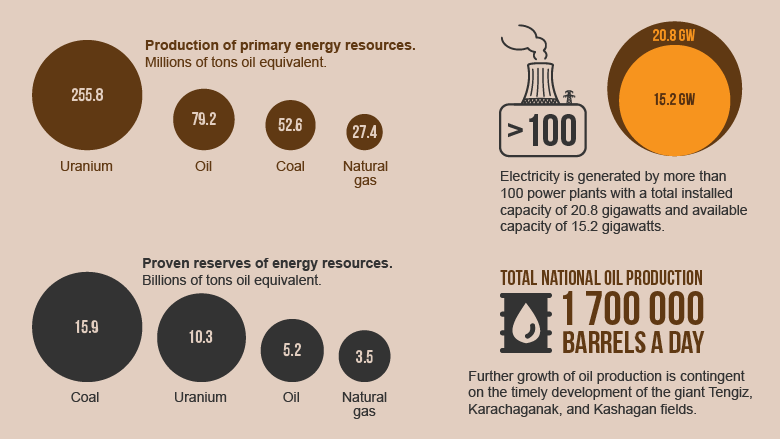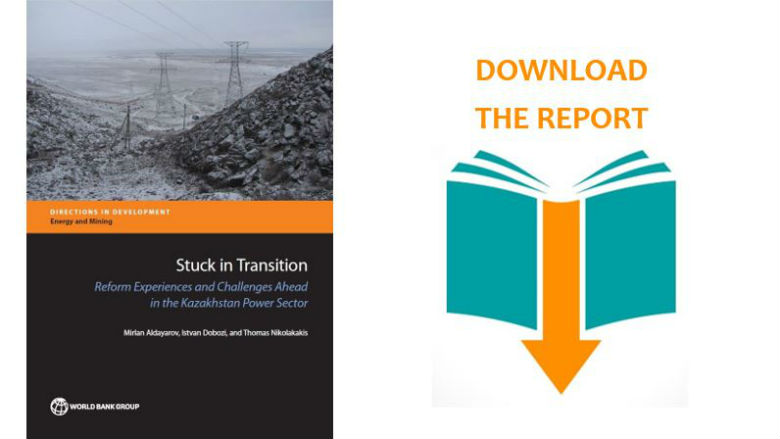Following independence in 1991, Kazakhstan’s power sector underwent a massive transformation, improving substantially with market liberalization and sector regulation.
As an early adopter of a liberalized, multi‐market model and having significantly improved supply‐demand balance and service quality, Kazakhstan became regarded as a market reform leader among the former Soviet Union countries.
Despite this progress, however, many sector reforms remain unfinished. The excess capacity inherited from the Soviet system masked the need to think long-term about energy generation, while the “energy only” market prices were too low to attract serious investors.
As the investment bust unfolded in the mid‐2000s, a serious concern arose almost immediately: existing and planned capacity additions might be insufficient to keep up with continuing strong increases in the demand for power.
Instead of utilizing market tools and allowing prices to rise to reflect the underlying supply‐demand gap, the Government of Kazakhstan chose to address the situation with administrative, command‐style measures.
The country’s power sector faces several challenges today, aggravated by falling world commodity prices and the consequent reduction of industrial production and power demand.
Among the most important challenges are high energy intensity and generation capacity tightness, daunting investment requirements, ineffective regulation and sector reform backtracking.
A recent World Bank report Stuck in Transition: Reform Experiences and Challenges Ahead in The Kazakhstan Power Sector provides recommendations about how to improve the regulatory environment, progress with market reforms, and attract private investment.
Kazakhstan’s government can address the current insufficient investor interest in the sector by improving the investment climate through the establishment of a stable, transparent, and predictable legal and regulatory framework.
Given the long lead times in building new generation facilities, the government could reduce regulatory uncertainty with a number of specific recommended measures related to power generation, transmission, distribution, market reforms, and sector regulation.

